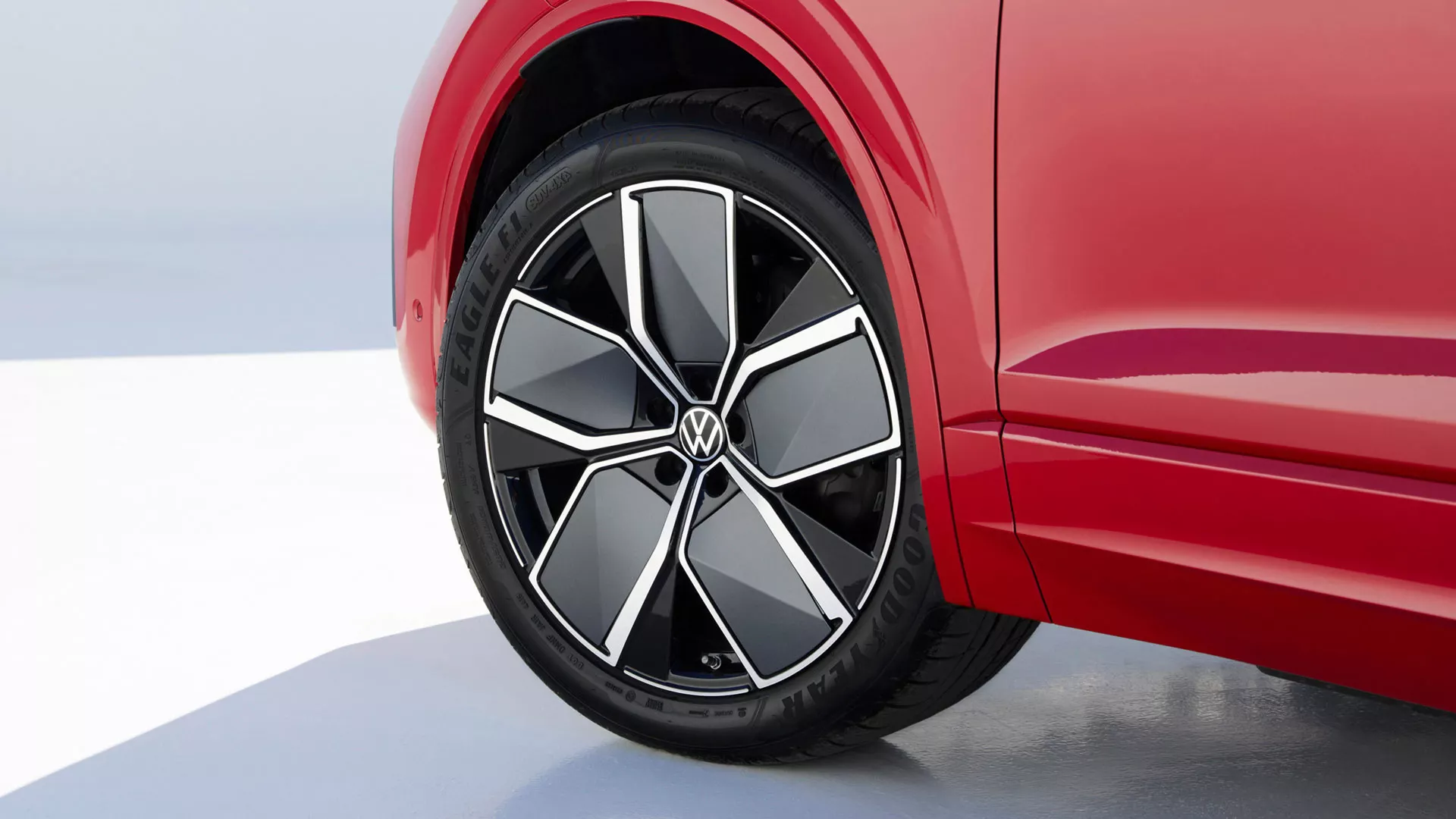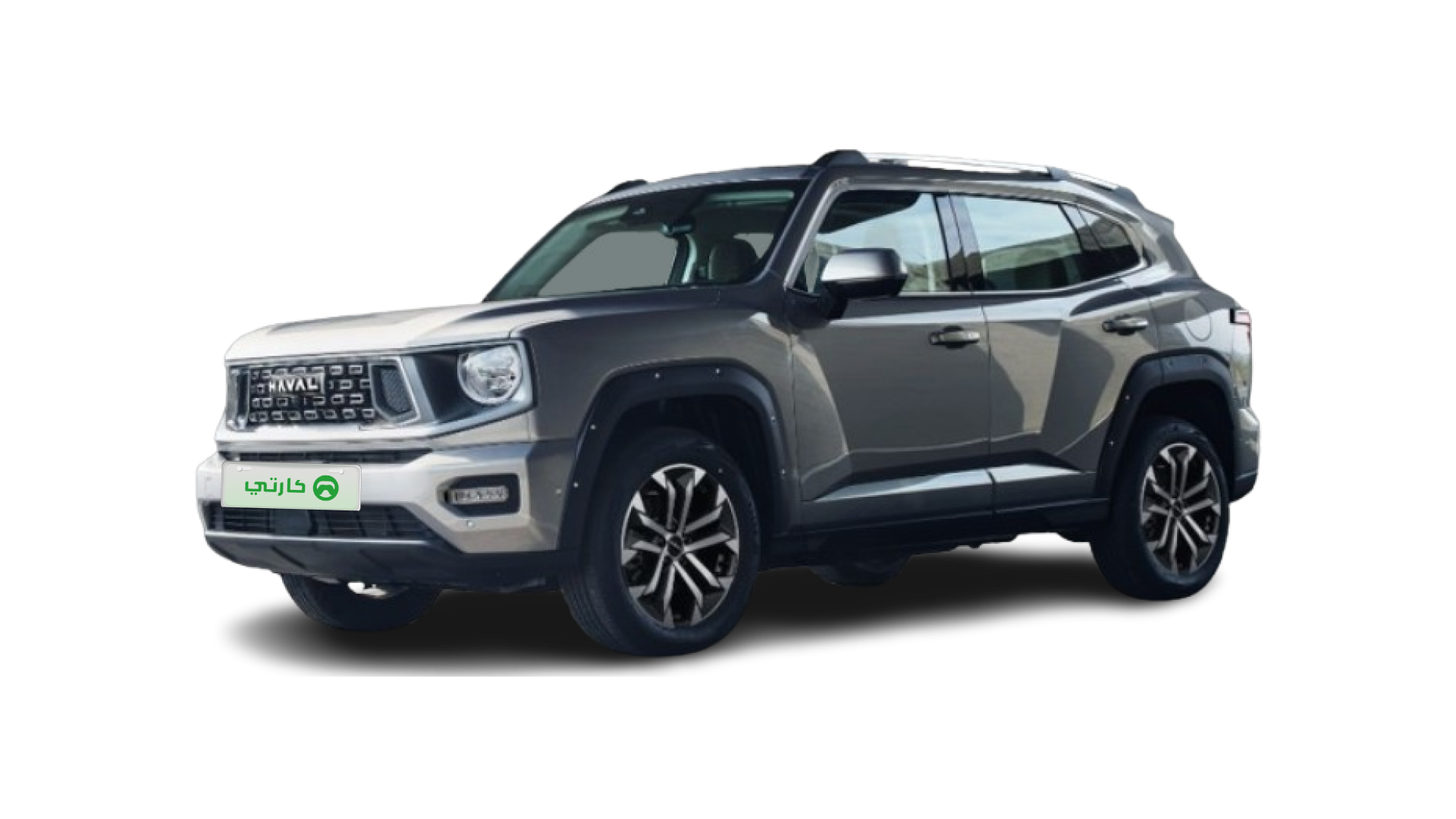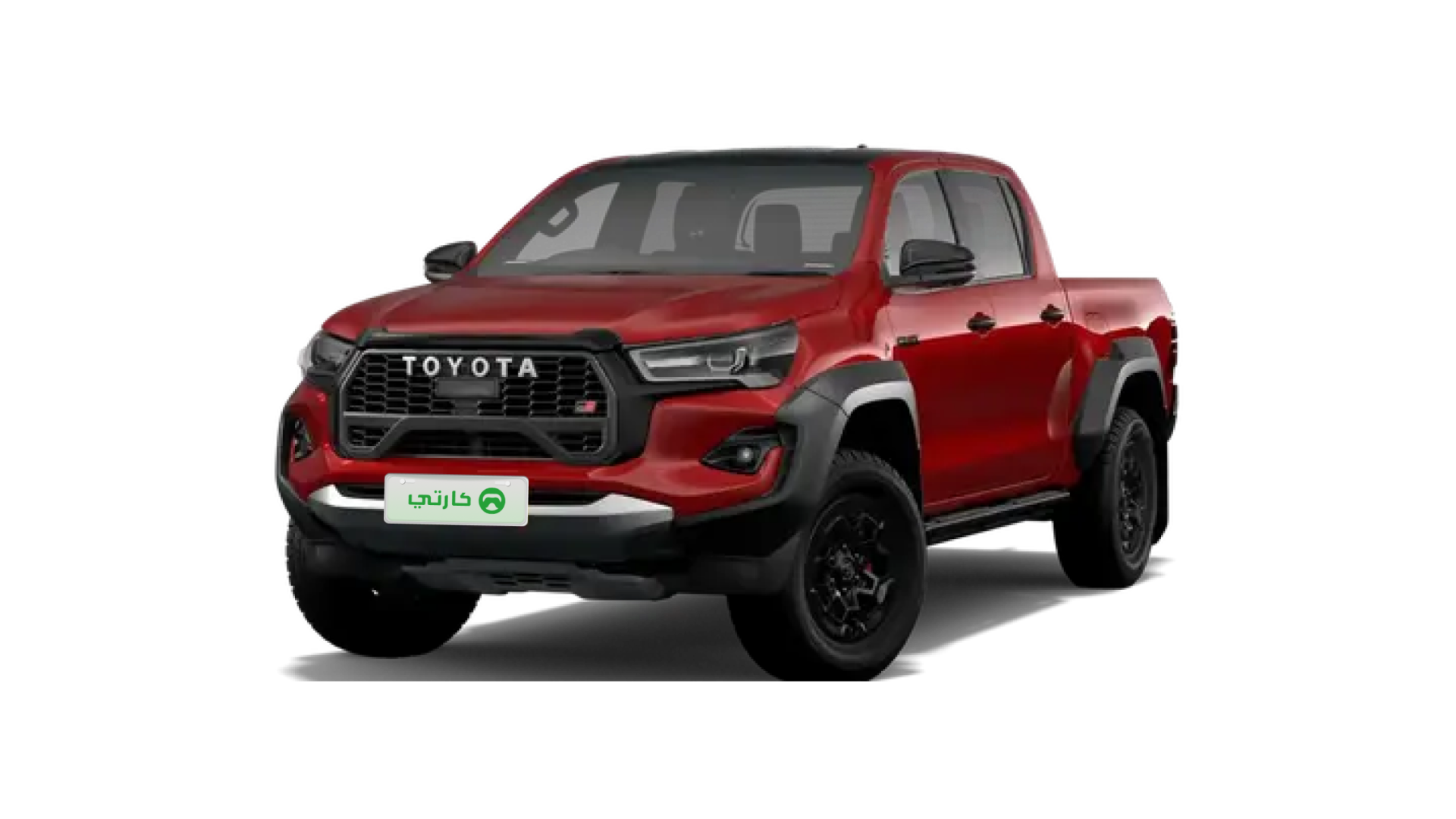If you own a volkswagen/touareg_link_type__car">Volkswagen Touareg, keeping its brake fluid in top condition is crucial for reliable performance and your safety on the road. This guide explains how to check and replace your Volkswagen Touareg brake fluid, blending expert advice with practical tips. Read on to explore detailed steps and recommended practices that can help you maintain your vehicle like a pro!

How to Check and Replace Brake Fluid in Your Touareg
Maintaining your Volkswagen Touareg brake fluid isn’t just about safety—it’s about enhancing every drive you take. Start by following these simple steps:
Position Your Vehicle: Park on a level surface with the brakes cool to ensure accurate readings.
Locate the Reservoir: Find the translucent brake fluid reservoir near the firewall. Look for markings that indicate the DOT 4 specifications.
Inspect the Fluid Level: Check that the fluid remains between the MIN and MAX markers at eye level. If the fluid appears dark or if you notice a spongy pedal feel, schedule a replacement immediately.
When to Change the Brake Fluid (2025 Models)
Keeping track of your brake fluid change interval is key. For 2025 Volkswagen Touareg models, use the following guidelines:
Condition | Action |
|---|---|
Every 2 years or 30,000 km | Complete brake system flush |
Fluid appears dark | Replace immediately |
Pedal feels spongy | Get a professional fluid test |
Make sure you adhere to these intervals to maintain optimal braking performance.
Recommended Brake Fluid Specifications
For your Volkswagen Touareg, choosing the right brake fluid is paramount:
Primary Recommendation: Use the fluid that meets VW Standard TL-766-Z, specifically designed for these systems.
Alternative Option: ISO 4925 Class 6 can serve as a substitute, though sticking with manufacturer guidelines is best.
Mixing Fluids: Be cautious not to mix different DOT ratings, as this can affect performance and compliance with GCC standards.

Understanding Your Touareg's Brake System Components
Your vehicle’s brake system has been designed with safety and innovation in mind. Here are some key points to consider:
Hydraulic Circuit: A dual-circuit system ensures that a failure in one line doesn't compromise braking efficiency.
Stability and Control: Integration with electronic stability control and a hill descent modulator offers enhanced driving stability.
Temperature Management: New heat-resistant seals in 2025 models improve performance. Keep an eye on the fluid’s boiling point, which should be around 280°C (when dry) to handle extreme conditions.
Cost-Saving Maintenance Practices
You have the option to perform a DIY bleed and flush if you are comfortable with routine vehicle maintenance. Follow this sequence for a proper bleeding procedure:
Start with the front-right caliper.
Move to the rear-left caliper.
Then the front-left caliper.
Finally, check the rear-right caliper.
Use a factory-approved scan tool to engage functions such as ABS pump activation, pressure sensor monitoring, and service indicator resets. Always compare the cost of DIY maintenance against dealer services that offer diagnostic checks, reliable tools, and warranty-backed fluid, sometimes quoted in AED/SAR.
Climate-Specific Considerations for Optimal Performance
Seasonal changes can impact your brake fluid’s performance. In hot climates where temperatures can soar above 45°C, consider these measures:
High-Temperature Additives: Use summer-grade additives to slow down the accelerated fluid degradation.
Regular Checks: During peak months (June to September), perform monthly reservoir inspections.
Humidity: In coastal or high-humidity regions, check the seal integrity every six months and consider using desiccant caps to prevent moisture buildup.
Fluid Disposal and Environmental Compliance
Proper disposal of old brake fluid contributes to both safety and environmental care. For responsible recycling, consult these approved recycling centers in the region:
EnviroServe, Dubai
Bee'ah, Sharjah
Tadweer, Abu Dhabi
When disposing of the fluid, always use sealed containers and ensure it is stored separately from engine oils. Adhering to GCC environmental guidelines helps preserve the environment and ensures safe disposal practices.
FAQ
Q1:What is the recommended brake fluid change interval for my Volkswagen Touareg?
A1:For your Volkswagen Touareg, it is ideal to replace the brake fluid every 2 years or every 30,000 km. This interval helps maintain optimal braking performance and safety. If you observe discoloration or a spongy pedal, it might be necessary to replace the fluid sooner. Keeping track of this interval can prevent wear and tear in the hydraulic circuit. Additionally, regular checks ensure that you remain aligned with the vehicle’s maintenance guidelines.
Q2:How do I perform a proper bleeding procedure on my brake system?
A2:Bleeding the brake system on your Volkswagen Touareg involves a specific sequence to eliminate air bubbles. Start with the front-right caliper, then proceed to the rear-left, followed by the front-left and the rear-right. Make sure you use a factory-approved scan tool to monitor the system, particularly the ABS pump and pressure sensors. This helps in ensuring that the bleeding process is both efficient and safe. A systematic approach can significantly improve your brake system's responsiveness.
Q3:What DOT 4 specifications should I look for in the brake fluid?
A3:When choosing brake fluid for your Volkswagen Touareg, look for products that specifically meet the DOT 4 certification. This specification guarantees a minimum dry boiling point of around 280°C, which is essential for safe operation under high temperatures. Adhering to these specifications is crucial for the vehicle, especially given the advanced features in 2025 models. Checking for these details ensures that you are using a fluid that matches both manufacturer and GCC certification standards. This not only helps maintain performance but also enhances safety on diverse driving conditions.
Q4:Can I perform this brake fluid maintenance myself or should I rely on dealer services?
A4:You can certainly perform routine brake fluid maintenance on your Volkswagen Touareg if you are comfortable with basic automotive tasks. A DIY approach can be cost-saving, especially if you follow the recommended bleeding procedure and use the correct tools. However, dealer services offer additional benefits such as factory-grade diagnostic equipment and warranty coverage, often verified in AED/SAR rates. If you are unsure about the process or if a complex issue arises, it might be best to consult a professional. Regular maintenance, whether DIY or professional, helps ensure your vehicle’s safety and longevity.
This article is for reference only. Please refer to the latest local laws and regulations for guidance.
Read More:
toyota-corolla-engine-cc-complete-guide">2025 Toyota Corolla Engine CC:Complete Guide
2025 Toyota Corolla 2015 Dashboard Replacement
smart-dimensions-for-modern-drivers">2025 Toyota Corolla Length:Smart Dimensions for Modern Drivers
4 pics

Senior Writer The quest for automotive knowledge began as soon as the earliest memories. Various sources information, even questionable ones, have been explored including video games, television, magazines, or even internet forums. Still stuck in that rabbit hole.
















